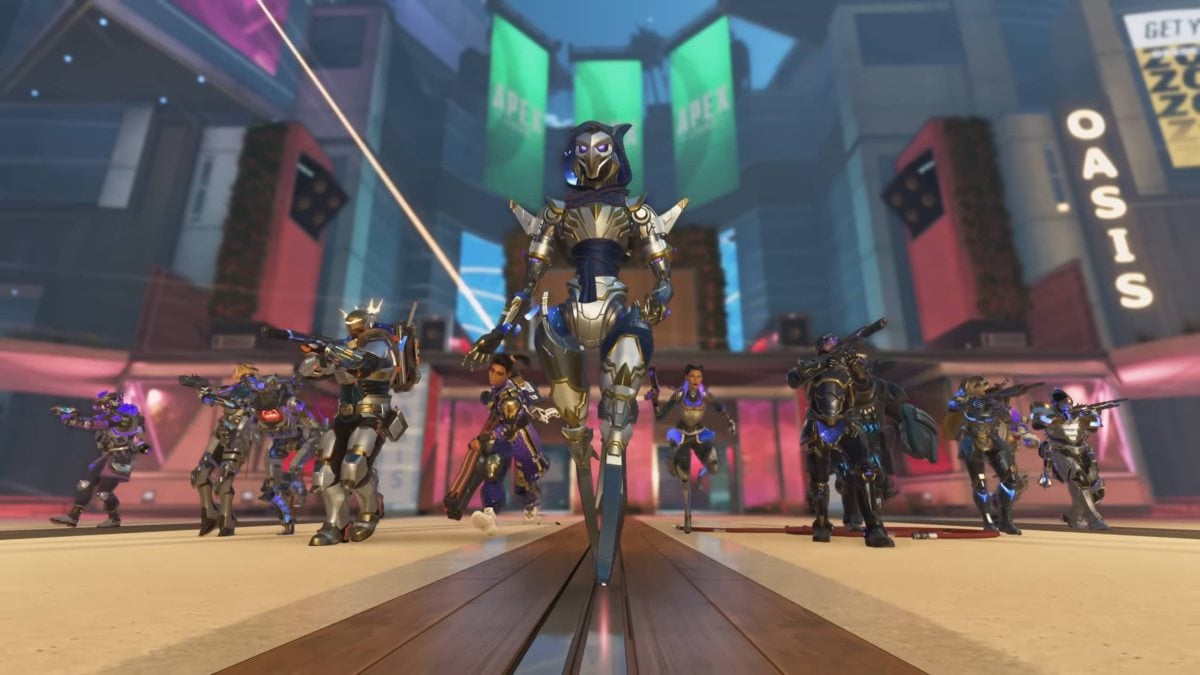Respawn will discuss Apex Legends’ “servers, net code, and tick rate” in an upcoming blog post, according to Ryan Rigney, the company’s director of comms.
The blog post should launch in “two weeks” and will share information about the battle royale’s 20 Hz tick rate—inferior to the server refresh rate in other shooters.
The blog post will “acknowledge and explain the biggest issues,” “explore recent and upcoming improvements,” and contain a “likely controversial but interesting rant” about tick rate, according to Rigney.
“[The blog post] actually offers a direct, hard math argument for people to discuss and plug numbers into,” Rigney said. “Lotta cost-benefit analysis around bandwidth limits, the contents of each tick, etc. There’s a stance taken but it’s a lead engineer being pretty open.”
The director of comms predicts a mixed reaction because the upcoming post is “full of interesting insight,” but it’s also “long” and “doesn’t promise any revolutionary changes.”
The exact contents of the post are unclear, but the statements seem to indicate that there won’t be any major changes to server tick rate in the near future. Players will get more details when it launches, likely in two weeks, according to Rigney.
Apex‘s servers work on a 20 Hz tick rate, which means that the server refreshes 20 times per second. CS:GO servers have a 64 Hz tick rate and Riot Games’ VALORANT offers a 128 Hz tick rate—both far more efficient than Apex. The game, however, doesn’t fall too far behind its competition.
Other battle royale games, such as Fortnite and PUBG, run at 30 Hz and 60 Hz, respectively. Call of Duty: Warzone, on the other hand, runs at 20 Hz. The genre has to render over 60 players in one match—as opposed to just 10 characters in both CS:GO and VALORANT.
The low tick rate can help create a series of common scenarios for Apex, such as getting shot behind cover or around a corner. But tick rate isn’t the only variable that governs the multiplayer experience.
Raising the tick rate would exponentially increase the amount of information that the servers have to relay and boost the cost of operating them. The upcoming post will likely dive into that “cost-benefit analysis around bandwidth limits,” based on what Rigney said. But players won’t have a definitive answer until the blog post is published.







Published: Apr 13, 2021 10:44 am